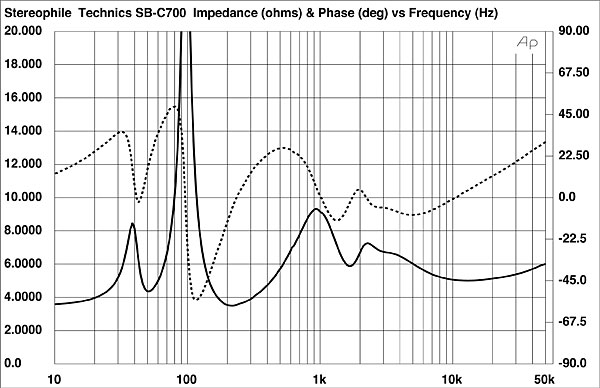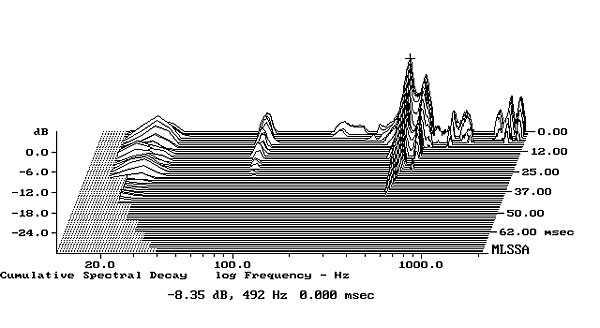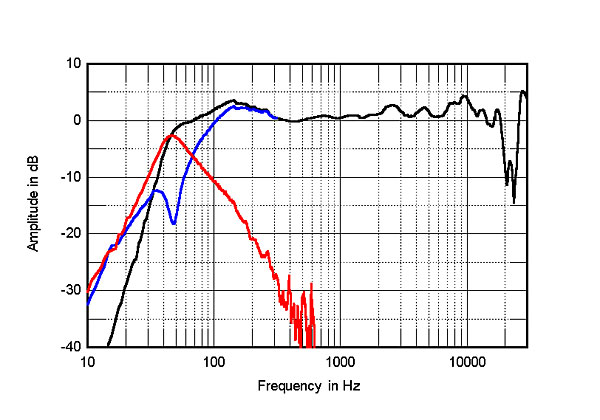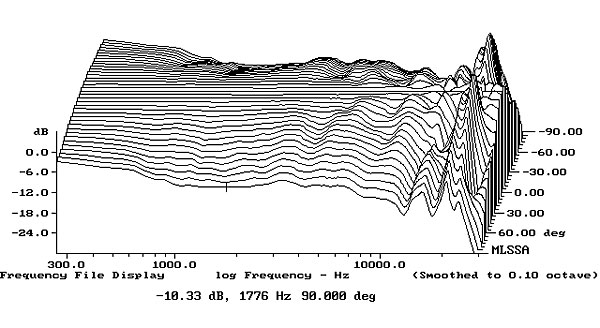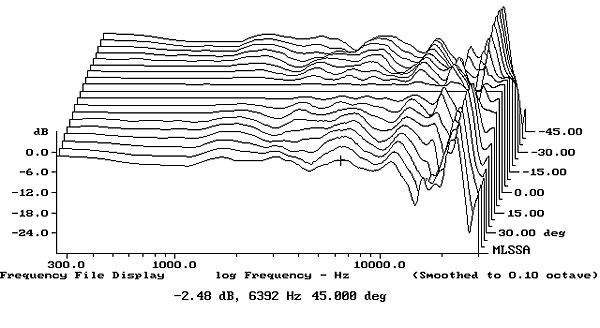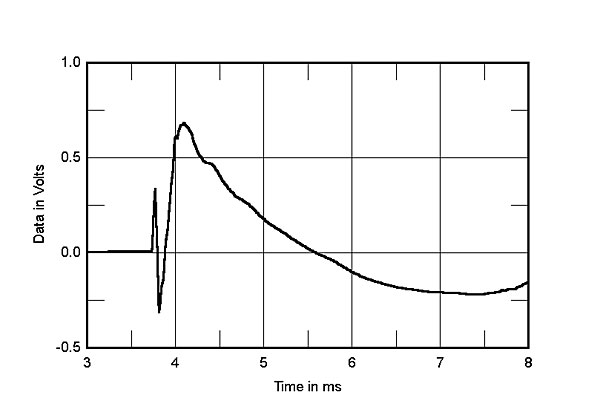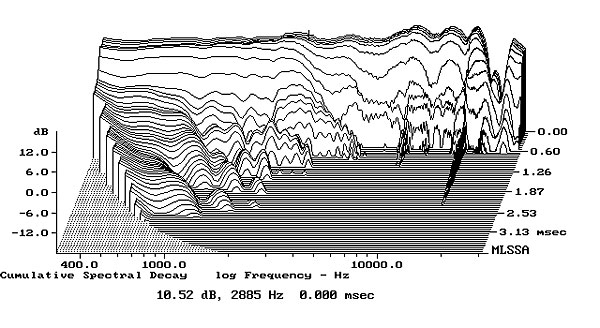| Columns Retired Columns & Blogs |
If the KEF LS50 is Class A sound, then it is only appropriate to classify the Technics as such. I had an extended listening session and they are every bit the bargain the KEFs are. Properly set up as Herb describes and, frankly, they leave the KEFs in the dust dynamically. Simply fantastic for the price. I really hope they can get the "street cred" they so deserve.
